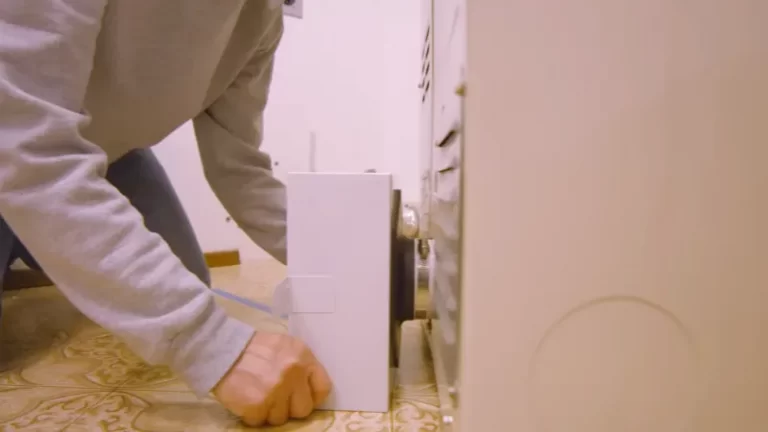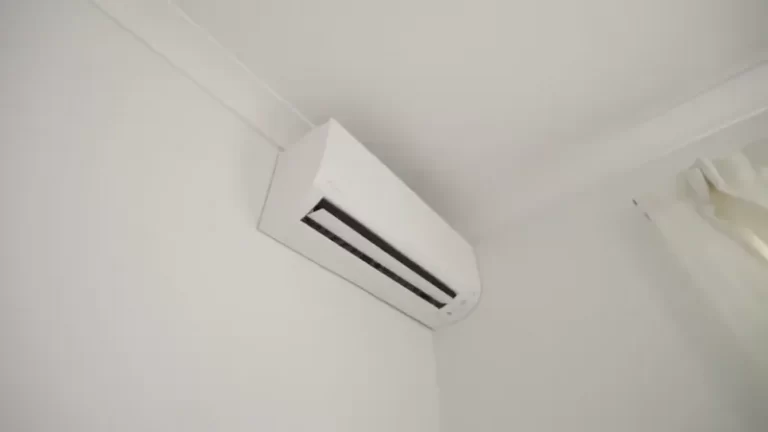Install AC Without Drilling: Your Ultimate No-Hole Guide
The summer heat is beating down, and the thought of a cool, air-conditioned room is pure bliss. But then you remember the rules: no drilling, no permanent fixtures, no holes in the walls or window frames. This is a common headache for renters, apartment dwellers, or anyone who wants to avoid damaging their home’s structure.
Many people believe that installing an effective air conditioner inevitably means making permanent alterations. This fear often leads to sweating through the summer months unnecessarily. The core problem is the need to secure a heavy unit and properly vent the hot air it produces, tasks that traditionally involve screws and drills.
You'll Learn About
Why Drilling is a Major Concern for AC Installation
The primary obstacle is often a lease agreement that strictly prohibits drilling into walls, window sills, or frames. Violating these terms can lead to significant penalties, loss of your security deposit, or even eviction. The potential for costly repairs upon moving out is a powerful deterrent.
Beyond rental agreements, there’s the genuine concern of causing permanent damage. Drilling can compromise the structural integrity of window frames, lead to air and water leaks, and create entry points for pests. For homeowners, these are risks that can impact property value and lead to future maintenance headaches.
The Challenge of Window Units and Support
Traditional window air conditioners are heavy and require secure mounting to prevent them from falling. Standard installation kits almost always include screws to fasten the unit’s side panels and support brackets to the window sill and sash. This is where the no-drilling dilemma becomes most apparent.
An improperly secured unit is a serious safety hazard. It could fall out of the window, causing severe injury to someone below or damaging property. This is why finding a reliable, drill-free method is not just about convenience—it’s about safety.
Your Drill-Free Cooling Solutions: A Detailed Guide
Fortunately, the market has evolved, and several ingenious solutions now allow you to install AC without drilling a single hole. These methods are safe, effective, and completely reversible, leaving your home in its original condition. Let’s explore the best options available.
1. The Power of No-Drill Window AC Brackets
The most direct solution for installing a traditional window unit is a no-drill support bracket. These clever devices use tension and leverage to securely hold the AC in place without any screws. They typically brace against the interior wall and the exterior siding or window sill.
Installation is straightforward. You assemble the bracket, place it in the window opening, and adjust the legs and support pads until it’s firmly locked in place by pressure. The weight of the AC unit itself adds to the stability, creating a secure platform. This method gives you the cooling power of a window AC with zero damage.

2. Portable Air Conditioners: The Versatile Choice
Portable air conditioners are a fantastic drill-free option because the main unit sits entirely inside your room on wheels. The only part that needs to interact with the window is a lightweight exhaust hose. This hose expels hot air, which is crucial for the cooling process.
Every portable AC comes with a window venting kit. This kit consists of an adjustable panel that fits into the gap of a partially opened window (either vertical or horizontal). You simply slide the window shut against the panel, and the exhaust hose clicks into an opening. No screws are needed, and the setup can be removed in seconds.
3. Evaporative Coolers (Swamp Coolers)
For those living in dry, arid climates, an evaporative cooler is an excellent, energy-efficient alternative. These units don’t require any venting at all. They work by drawing in hot, dry air and passing it over water-saturated pads. The water evaporates, significantly cooling the air, which is then blown into your room.
Because there’s no hot air to exhaust, there is no need for window kits or hoses. You simply fill the unit with water, plug it in, and enjoy the cool, humidified air. However, it’s crucial to remember that this method is ineffective in humid climates.
Comparing Your No-Drill AC Options
Choosing the right solution depends on your climate, window type, and cooling needs. Understanding the pros and cons of each method is key to making an informed decision. This is far simpler than complex tasks like figuring out how to set fence post in bedrock, which requires specialized tools.
| AC Type | Best For | Pros | Cons |
|---|---|---|---|
| Window AC with No-Drill Bracket | Most climates, powerful cooling for single rooms. | Highly efficient cooling, space-saving, quiet operation. | Requires a compatible window, can block the view. |
| Portable AC Unit | Renters, rooms with unusual window types. | Easy to move, simple setup, versatile. | Takes up floor space, can be noisier than window units. |
| Evaporative Cooler | Dry, arid climates (e.g., Southwest USA). | Extremely energy-efficient, no venting needed, adds humidity. | Ineffective in high humidity, requires water refills. |
Step-by-Step: Installing a Window AC with a Tension Bracket
Let’s walk through the process of using a no-drill support bracket. This method is often the most stable and efficient way to get powerful cooling without permanent changes. It’s a precise task, but much less intimidating than trying to figure out how to drill a hole from inside to outside your home’s wall.
Step 1: Choose the Right Bracket
First, measure your window sill depth and wall thickness. No-drill brackets come in various sizes and weight capacities (typically from 85 to over 200 lbs). Ensure the bracket you buy is rated to support your specific air conditioner model.
Step 2: Assemble the Bracket
Follow the manufacturer’s instructions to assemble the bracket. This usually involves attaching the support legs and pads. No special tools are typically required beyond what’s included in the box.
Step 3: Position the Bracket and AC Unit
Place the assembled bracket securely in the center of your open window. Lift the air conditioner and place it onto the bracket, ensuring its weight is centered. Carefully slide the AC so it is snug against the inside of the window sash.
Step 4: Secure and Seal
Close the window down firmly onto the top of the AC unit. Extend the accordion-style side panels to fill the gaps on either side of the unit. Use weather-stripping foam (often included with the AC) to seal any remaining gaps to prevent cool air from escaping and hot air from entering. This final seal is crucial for efficiency.
Getting Creative with Portable AC Venting
While the standard window kit for a portable AC is the easiest solution, sometimes you need to think outside the box. What if you need to use a sliding glass door or a non-standard window? The key is to create a secure, sealed opening for the exhaust hose.
Venting Through a Sliding Door
You can purchase a specially designed sliding door vent kit, which is essentially a much longer, vertically-oriented version of the standard window panel. Alternatively, you can create a custom panel using a piece of plexiglass or rigid foam insulation cut to the height of your door. Cut a hole for the hose adapter, and you have a perfect, damage-free solution.
Venting Through a Wall or Ceiling (Advanced)
In some specific situations, you might have a pre-existing vent you can use, like a dryer vent. With the correct adapter, you can connect your AC hose to this vent. This completely frees up your windows but requires careful planning to ensure you don’t disrupt the vent’s primary function. This approach is more complex, similar to finding the right way for how to attach led strip lights to concrete; it’s possible but needs the right technique.
Final Thoughts on Staying Cool Without Damage
Living under “no drilling” rules doesn’t mean you have to endure a sweltering summer. By choosing the right appliance and using modern, non-invasive installation accessories, you can achieve powerful and efficient cooling. The key is to assess your specific needs and your home’s layout.
Whether you opt for a window unit with a tension-mounted bracket, a versatile portable AC, or an energy-sipping evaporative cooler, a comfortable home is well within your reach. These methods provide peace of mind, knowing you can stay cool while keeping your security deposit safe and your walls pristine.


